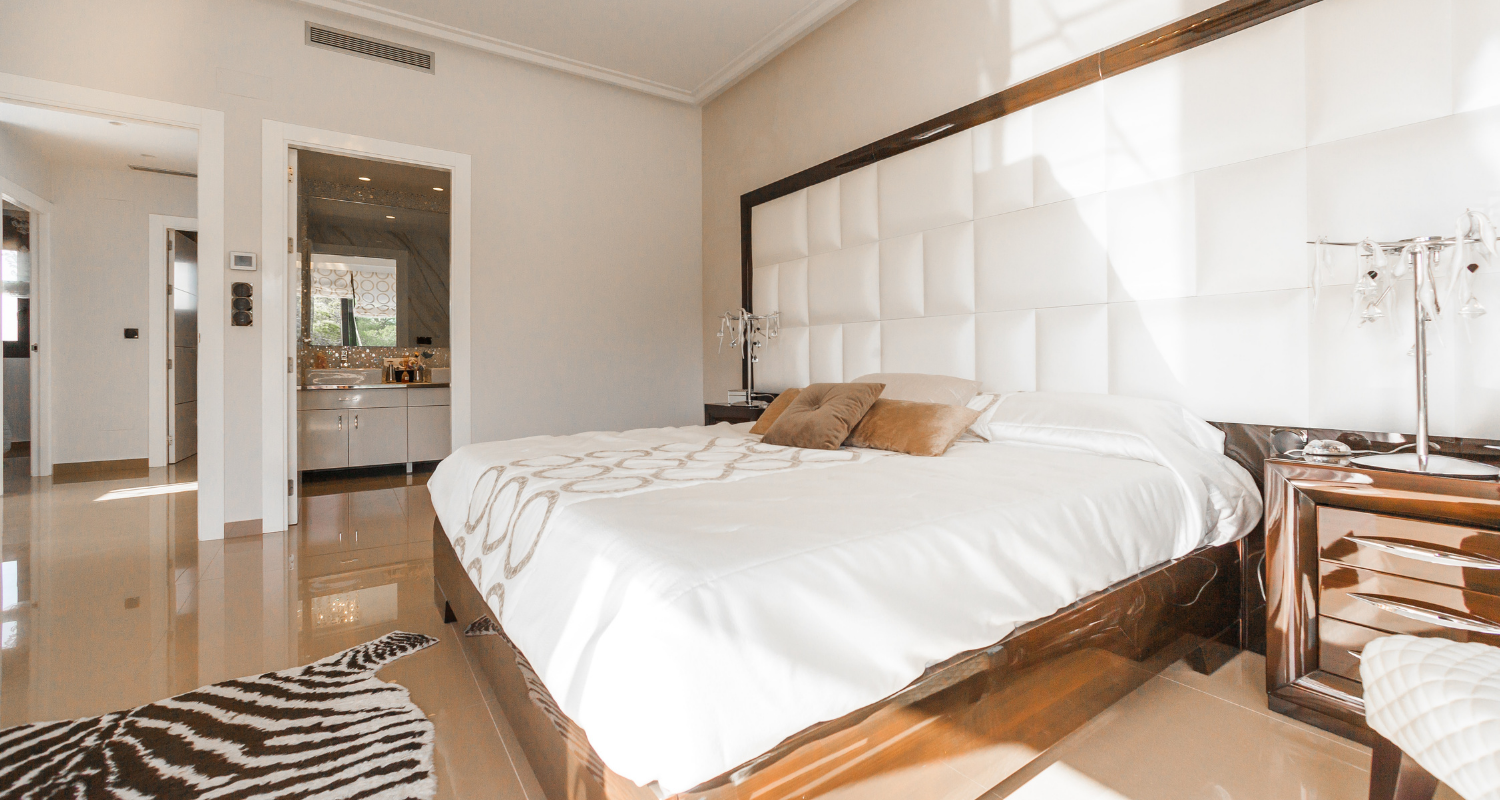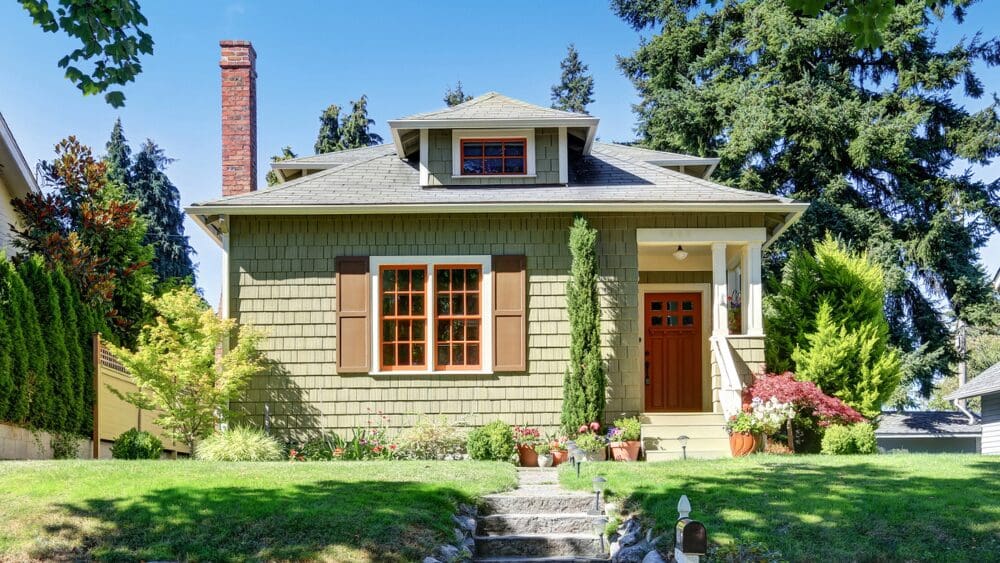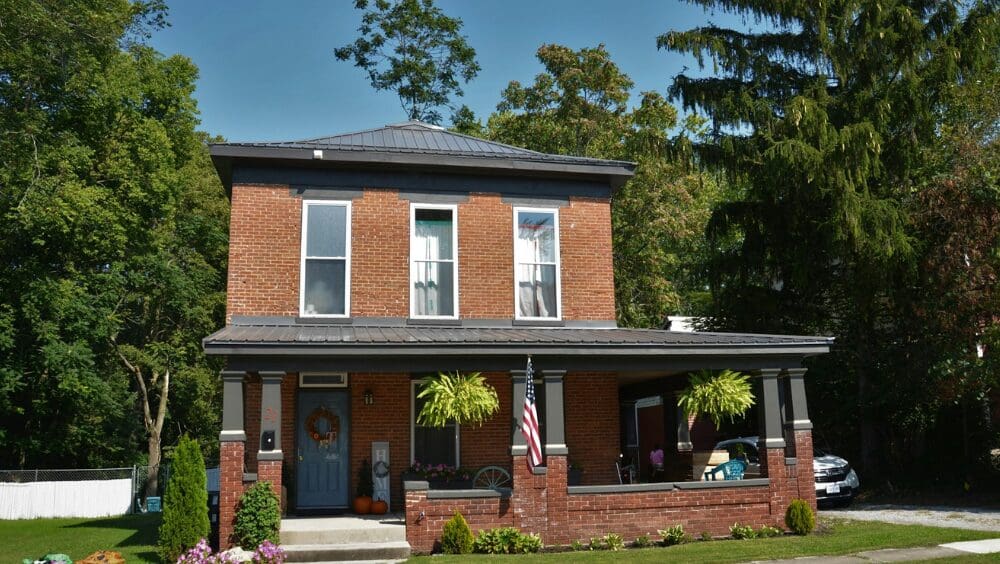
It seems logical: For every dollar you put into your home — the biggest investment many people will make in a lifetime — you’d expect to get that dollar back when you sell, right? Not exactly. Yes, remodeling does increase your home value — but it isn’t a dollar-for-dollar trade. In some cases, you might see a fraction of your investment back — and in other cases, you might get more than a dollar back for every one you spend. “It really depends on what you’re doing,” says Elizabeth Olcott, a top-selling agent in Napa, California, who works with 86% more single family homes than the average Napa agent. “In my experience, you actually get better than one-to-one. In my network around the country, we’re seeing people getting more than 100% return.” Backed by a range of experts, we’ve unpacked what you need to know about how your remodeling investment increases your home’s value. You can minimally expect that most home improvements will get you somewhere between 50% and 75% return on investment (ROI), according to the Remodeling Cost vs. Value Report. That said, pros around the country report seeing larger ROIs, too. The ROI depends on many factors, including the type of improvement you’re making, where you live, neighborhood comps, and the local real estate market. Nationwide, a garage door replacement has the highest average yield of any project, with an average job cost of $3,907 and an average resale value of $3,663, for a total of 93.8% of the cost recouped. Manufactured stone veneer (92.1%), a minor mid-range kitchen remodel (72.2%), and window replacement (vinyl or wood, both nearing 70% percent range) also rank high on ROI for home improvements. At the bottom of the list are bathroom additions, which might fetch you about 50% ROI on resale, and a high-end main suite addition, which could fetch even less. But remember that regional — and local — variables can (and should) affect remodeling investment choices. For instance, in Los Angeles, a minor mid-range kitchen remodel costs an average of $30,551 (well over the national average of $26,214), but you can expect to recoup nearly 90% if you undertake the project. Elsewhere in the Pacific region, you’d still expect to see a return near 80% on that same minor mid-range kitchen remodel — but the national average is closer to 70%. Sure, we can talk about ROI all day long — but your monetary investment into an improvement and your enjoyment of your own home on a daily basis are two different things. Livability is a key point for homeowners, and if you really want the maximum benefit from your investment, then remodeling sooner is unquestionably better. For instance, if you have a new baby on the way, and the nursery will take over the home office essential to your livelihood, that could be a great time to finish a basement, build an extension, or reconfigure your home’s footprint — regardless of the implications on your dollar-for-dollar ROI. “If you’re having a baby and losing your office, creating an office in your backyard is a good idea even if you’re not going to see 100% return on it,” Olcott says. “You’re going to have it for your sanity, you’re going to have a quiet workspace, and then it will add value when you go to sell it. If the house next door doesn’t have one, and you do, then yours is the more desirable house.” The sooner a homeowner chooses to renovate or update, the more time they have to enjoy the fruits of the labor, and the more value they will get out of the renovation. Depending on your unique situation, you may decide this matters to you as much (or even far more) than some theoretical bottom line that may not become relevant until the distant future, anyway. “If you’re going to put $50,000 into a remodel of your kitchen because it feels old and dated, you can get six, eight, up to 10 years out of that project, so I tell clients to do the work and enjoy it for a few years,” Olcott says. “I can’t tell you how many people I do it for right before they sell, and they go, ‘Oh, we wish we’d done this so long ago!’” Updating your house right before you sell means you are not going to get much enjoyment out of it as a resident. However, it certainly makes your house more attractive to buyers. If this is your main goal, “focus on upgrades that elevate the home’s curb appeal and overall exterior — a renovated and upgraded house exterior gives a grand impression to buyers and sells the house to them before they even enter,” says Joshua Blackburn, a contractor with Blackburn Construction. “Aesthetic value is just as important as dollar value when it comes to remodeling a house for a higher return. Customers buy with their eyes first, then with their pockets.” Remodeling can even increase your actual appraisal value: The appraiser is supposed to consider the condition of the house, and an upgraded house is typically considered to be in better condition than one without any renovations. Further, depending on how new or updated the homes around you are, you could be bringing your house more in line with higher-value comps for the appraisal. (More on that later.) Let’s take a deeper dive into the Remodeling Cost vs. Value data. This time, we’ll look at the rankings according to the percentage of cost recouped at resale. As you’ll see below, a main suite addition (upscale and mid-range) is going to get you the most resale increase in raw dollars, but these projects are are low ROI — you only get 48% back of an upscale suite addition. First, evaluate your goals: Are you working toward a more functional, livable, enjoyable house for your family? Or do you want to max out ROI for a quick sale? From there, consider your budget. Some projects will get you as much as 90% or more ROI, but they are not super expensive projects, and therefore aren’t going to boost overall value by a ton. For a smaller home project that can spruce up a home quickly for more enjoyment and curb appeal without breaking the bank, consider a new entry door. This project costs about $2,000, and you can expect a return of about 65%. And remember the major ROI potential on that $3,907 garage door replacement: a whopping 93.8%. Olcott explains that a coat of paint over the kitchen cabinets and changing out the door knobs and drawer pulls can yield “massive change to what the kitchen looks like,” and also yield major ROI — potentially much more than the initial investment. Same goes for upgrading to granite countertops, swapping out outlets, and updating baseboards throughout the home. Undertaking all of these small projects combined, she estimates, could cost $10,000 — “and it would return you five to 10 times your investment.” If you have an appetite — and budget — for a larger project, consider the kitchen. “Kitchens are one of the most important parts of a home, so by commissioning a fairly minor kitchen remodel, you can recoup a significant fraction of your initial costs, sometimes even up to 70% — modern, functional kitchens are a major selling point now,” explains Ray Brosnan of the building services and management company Brosnan Property Solutions. “You’ll presumably be replacing old, outdated appliances with far more energy-efficient models, replacing cabinets, new countertops — and, of course, painting and reflooring.” Homebuyers are motivated by what they see before they even come inside the home, according to data. In a recent HomeLight survey, a whopping 31% of agents said that a desire for more outdoor space was a top moving motivator in their market. “Work on projects that upgrade any features in the front of the house, such as replacing that garage door with a modern, motorized opener, for example,” Blackburn recommends. “This simple upgrade is immediately visible to buyers and gives a statement of quality and convenience.” You can also think about adding square footage, if possible, to compete with larger neighborhood comps when it’s time to sell. “If there is a 2,000-square-foot home with a 500-square-foot unfinished third floor, and there are numerous homes in the neighborhood with 2,500 square feet, then finishing that third floor will generate a large impact on value,” explains Matt Harmon, a state-certified property appraiser, real estate photographer, and home measuring specialist. He explains that adding square footage with the goal of ROI must be undertaken in such a way that keeps pace with the neighborhood — but doesn’t outpace it. “If the average home size in a neighborhood is 2,000 square feet, and you have an opportunity to finish an additional 1,000-square-foot space, the return on value will be less, as a 3,000-square-foot home is beyond the upper limit of home sizes for the neighborhood.” The main reason why there isn’t a dollar-for-dollar relationship between remodeling and home value is because remodeling can vary widely in terms of quality and style, Harmon explains. “The greater the market acceptance, the higher the return on value,” he says. For example, he says, “remodeling a kitchen with expensive yellow cabinets, red countertops, and blue flooring might cost a fortune, but will not have any market acceptance and may actually have a negative impact on value.” Another related pitfall: over-improving a home. “This is when a property is improved in a way that outpaces the expectations of the immediate market,” Harmon explains. “Examples would be the largest home in the neighborhood, the nicest upgrades in the neighborhood, the only home with special features such as a pool, putting green, or basketball court.” The greater the over-improvement, the lesser the return on value, he notes. “Homes should be remodeled to a degree that matches the other upgraded homes in the immediate market area to avoid this impact,” Harmon says. It can be tempting to get bogged down in all the data, but experts say you should think of remodeling as a way to increase your livability in a home — and in the end, it might even bring more ROI than you think. “If you do it right, you’ll actually get a better deal out of it than just a dollar-for-dollar trade,” explains Ezra Laniado, president and founder of Los Angeles-based Landmark Construction. In his market, for instance, he says room additions, accessory dwelling units (ADUs), new kitchens, and renovated master quarters are bringing in more at sale than the equivalent of the money it cost to remodel them. “The master bathroom, master bedroom, and master walk-in closet are huge,” he says, “because that’s where the buyer will actually be potentially spending a large portion of their time once the home is purchased — and it gets them emotionally excited about buying the home.” After all, people aren’t robots. Rather, “we’re emotional creatures,” Olcott says. So even small but strategic improvements really do matter to buyers. And that inevitably translates to ROI on your home improvement project!How much does remodeling increase home value?
When remodeling, earlier is better
Remodeling for a sale
What projects increase your home value the most?
Project
Job Cost
Resale Value
Cost Recouped
Bathroom addition (upscale)
$103,613
$54,701
52.8%
Bathroom addition (mid-range)
$56,946
$30,237
53.1%
Main suite addition (mid-range)
$156,741
$85,672
54.7%
Roofing replacement
$46,031
$25,816
56.1%
Major kitchen remodel (mid-range)
$75,571
$43,364
57.4%
Bathroom remodel (mid-range)
$24,424
$14,671
60.1%
Window replacement (wood)
$23,219
$15,644
67.4%
Window replacement (vinyl)
$19,385
$13,297
68.6%
Minor kitchen remodel (mid-range)
$26,214
$18,927
72.2%
Where should a would-be remodeler start?
Resale-value factors
Focus on universal appeal for ROI
When remodeling increases home value more than the investment



